What I learned at Camp
One of the things that’s great about ‘cross is that it’s welcoming and easy to try. With races as short as 30 minutes for entry-levels and riders spread throughout the course fitness isn’t as big a requirement as other cycling disciplines. “Luck” and baseline athleticism play a big part in early race outcomes, so it’s easy to think that you’re “awesome at cyclocross.”
Newsflash: this stuff takes decades to perfect, and even the world’s best ‘cross racers are still learning. So you, fellow amateur enthusiast, probably ought to have a think about how you’re going to get your skills up to par for the season.
This year we decided to dedicate some cash toward skill development, and invested in Cycle-Smart’s Cyclocross camp. As it turns out Cycle-Smart's camps are for everyone, from absolute newbies to folks standing on podiums at elite races. Cycle-Smart founder Adam Myerson sees folks coming back to camp year after year to get smarter...and faster.
“I think what happens with people that come 3, 4, 5 times – they’re still hearing something different every time they come back, and even if they have heard it all before, or they think their technique is good – Does an NFL player not have to go to summer training before the football season? Do baseball players not go to spring training?” Myerson said, “So for a lot of people that come back every year, this is their spring training; this is when they come to break the seal on their cross season.”
This tracks well: by the time lunch rolled around on Day 1, we were already saying to each other, “Holy shit. Things are completely different now.”
Welcome Home: NORTHAMPTON
If you’re a casual observer of bike Instagram, it’s obvious that a lot of the top US pro cyclocross racers live sorta in the same place. But after a weekend in Northampton, it’s clear that this isn’t random – it’s the true home of the sport in the United States. And that feeling extends through the entire camp experience: this is the place to come and get good at cyclocross. New England isn’t nicknamed “New Belgium” for nothing.
The Coaches
The level of talent present at camp is astounding. Ours featured Myerson (of course); Stephen Hyde (Continental and US Champ); Ellen Noble (U23 World Cup Winner, U23 Continental and US Champ); the humble godfather of Northeastern CX Al Donahue, seasoned Cycle-Smart coaches such as Jacob Fetty and Jordan Villella; and a raft of JAM Funders and JAM alumni helping out.
And they’re all as accessible and awesome as you might expect. They’re eating Nutella-Fluff sandwiches with you. They’re helping you find the right tire pressure. They’re riding right behind you, encouraging you to ease off the brakes and giving pointers on line choice. Heck, they’re even porting empty boxes and trash up the hill at the end of camp. You might even make a (pro) friend that will remember you and cheer for you when they see you at a race.
CYCLE-SMART CAMP: The Location
The camp is located at the Glendale Ridge Vineyard, located in Southampton, Mass., and owned by a lovely gentleman who also happens to be a cycling enthusiast and a friend to and supporter of Cycle-Smart. The vineyard offers a perfect setting for veldrijden, with velcro-thick grass and a broad hillside befitting CX Nats. Myerson and crew stake out stations on the field and on the hill that are designed to test your skills and are ready to be sessioned throughout the camp. There are off-camber corners, uphill and flat barriers, several shades of 90° turns, and down-and-up U-turns that’ll get you race-ready. There’s even a starting grid, sorta.
Nearby, for the Advanced Group, there’s the Solar Fields trail loop, a five-minute-lap skill test that’s the reason Hyde & Co. are so sharp at all the races. And get this: two minutes from the Vineyard there’s a rolling, sandy loop. Real sand! This place has everything!
And when you’re done, Northampton has a great variety of restaurant and bar options. We particularly liked The Foundry (great beer selection) and Veracruzana, but there’s plenty to pick from.
(A quick aside: it’s August, and you’re spending all day in a field. Bring sunscreen, and consume as much of the on-site water/hydration mix/snacks as you can.)
What to expect & how to get the most out of camp
Repetition
If you’re reading this from a NYC IP address, you’re probably familiar with CX practice, where most of the time is spent (particularly in late season) ripping hot laps before we lose daylight, and relatively little time is spent on the fundamentals. Heck, this is an approach that’s probably familiar for any cyclist, ‘crosser or not. Most of us don’t have a ton of time to train and if we can make it intense, we probably will.
The Cycle-Smart camp experience is pretty much the opposite of that norm. We spent hours drilling on what seemed mundane, but came to be nuanced and subtle. Unclipping perfectly at the base of your pedal stroke, dismounting at just the right location (it matters!), navigating a crowd with one hand on the bar and the other on the top tube, running onto the bike instead of sending it like Van Der Haar – all of these benefit from constant repetition at slow speed. And you’re probably worse at these skills than you think you are. So slow down, and remember that you’re learning from The Best In The World. They’re taking it easy on you! In addition, taking the time to session certain terrain (off camber u-turns, rutted 90 degree turns, sand, etc.) over and over again is more important than going full gas around a course when forced to choose.
Instruction
Based on my rough calculations, the camp includes more than four hours of instruction. Most of this comes from Adam Myerson, with additional detail provided in smaller group settings by your group coach. Your coach might be Stephen Hyde, or Ellen Noble, or Anthony Clark, so it’s a real game of chance. There’s also an evening seminar on Training for Cyclocross, run Q&A style over 90 post-dinner minutes. No matter who it comes from, that’s a LOT of information to take in over a weekend.
So, expect camp to be fairly heady. And a word of warning – you might feel a slight regression at the beginning of each module. As you’re digesting the instruction, your remounts will be a little sloppy or unfamiliar. You’ll be questioning how and when you shift during a start. It’s going to be weird. And then...it’ll click, and you’ll feel reformed. Keep trying, keep repping, and slow down so you can get it right. You have all season to go fast, and you can’t “win” camp.
Fun Times
You definitely don’t need to bring friends with you to camp, as you’ll have plenty of time to make new connections that will last through the season (and then some). But ‘cross is better with friends, so why not pack up the car with a few of your buddies, get back into the rhythm of sharing a smelly hotel room, and have some folks to share notes with over a beer?
What you’ll learn
A lot of the things we learned in camp, at the Intermediate level, were things that seemed obvious after we learned them. Of course I know that it’s preferable to unclip your dismount-side foot before swinging your off-leg around...but why had never occurred to me.
And I’d never thought to angle my unclipped pedal at the start to make it easier to clip in. Of course! Duh. You’ll have a lot of these, and they add up to easy, no-effort seconds (minutes?) per lap.
Applicable skills
Cycle-Smart runs two sessions of the camp, typically on the first two weekends of August. We were in the second session, and the first camp got a ton of rain. As a result, we were treated to some incredible, true-to-race conditions: sloppy, soft mud; burned-in lines through corners (some of which are definitely wrong) and deep, rail-able ruts. These are conditions that we never get to practice on in NYC, and some of my favorite minutes/hours at camp were spent chasing Ellen Noble around a seemingly never-ending set of left-handers.
Not only was this fun, it was time well-spent. Dismounts, remounts, and barriers are complex movements that take years to truly master, but only comprise a small portion of a ‘cross race. The time spent working on cornering will pay off throughout.
But the skills improvements were a distant second to two critical mindset-shifts that occurred during the weekend: first, that conservation of momentum is everything, and we’re not to be greedy with free speed; second, and related, that drills make complex skills perfect (even in an imperfect, always-changing race environment).
Mindset 1: Don’t be greedy with free speed
If you’re not really paying attention at camp, it’s easy to miss the through-line that ties it all together. A ‘cross race isn’t just about hammering as hard as you can, riding at the limit of your traction, and constantly managing risk and reward. It’s a moving puzzle that rewards thoughtful consideration while at the edge of your physical capacity. That one hairpin that you always overcook – it’s probably part of a larger system of corners, where a smoother, steadier approach will reward you with fewer matches burnt, and less of your energy going into your brakes. We’ll see how it pays off in the months of racing to come, but consider my mind changed about how to approach the development of a race.
Mindset 2: Simple drills for complex skills
Take a simple, straightforward barrier. There are ways to hammer through it fast. If you’re naturally athletic, you’ve probably been unclipping at the last second, grabbing your top-tube as your foot hits the ground, and launching yourself over barriers to be sure you’ve got enough height not to get tripped up. And you’re probably a little smoked after the effort. Trust me: there’s a better way, and it’s not just faster, it’s also easier and more reliable. This way begins with breaking down the skill into its component movements, and drilling each individually even after you think you’ve perfected the skill. By my count, there are 20 boxes on the Barriers checklist, all to be performed at 175+ heart beats per minute, around other racers. You probably should practice all of those movements to the point that they’re perfect, right?
Here’s Myerson, to that point:
“One of the campers said, ‘Oh, if you do it the right way, it’s so much easier!’ And I just started laughing. You just got your money’s worth.”
And that’s why cross is so much fun. It’s a puzzle, on a bike, at your endorphin-releasing limit, with friends, and there’s beer afterward. Every lap, every corner, is a chance to finally and perhaps only just this once actually get it right.
I’ll submit that Cycle-Smart CX camp is a great way to get it right more often than not.
Photo Credit: Ian Gielar








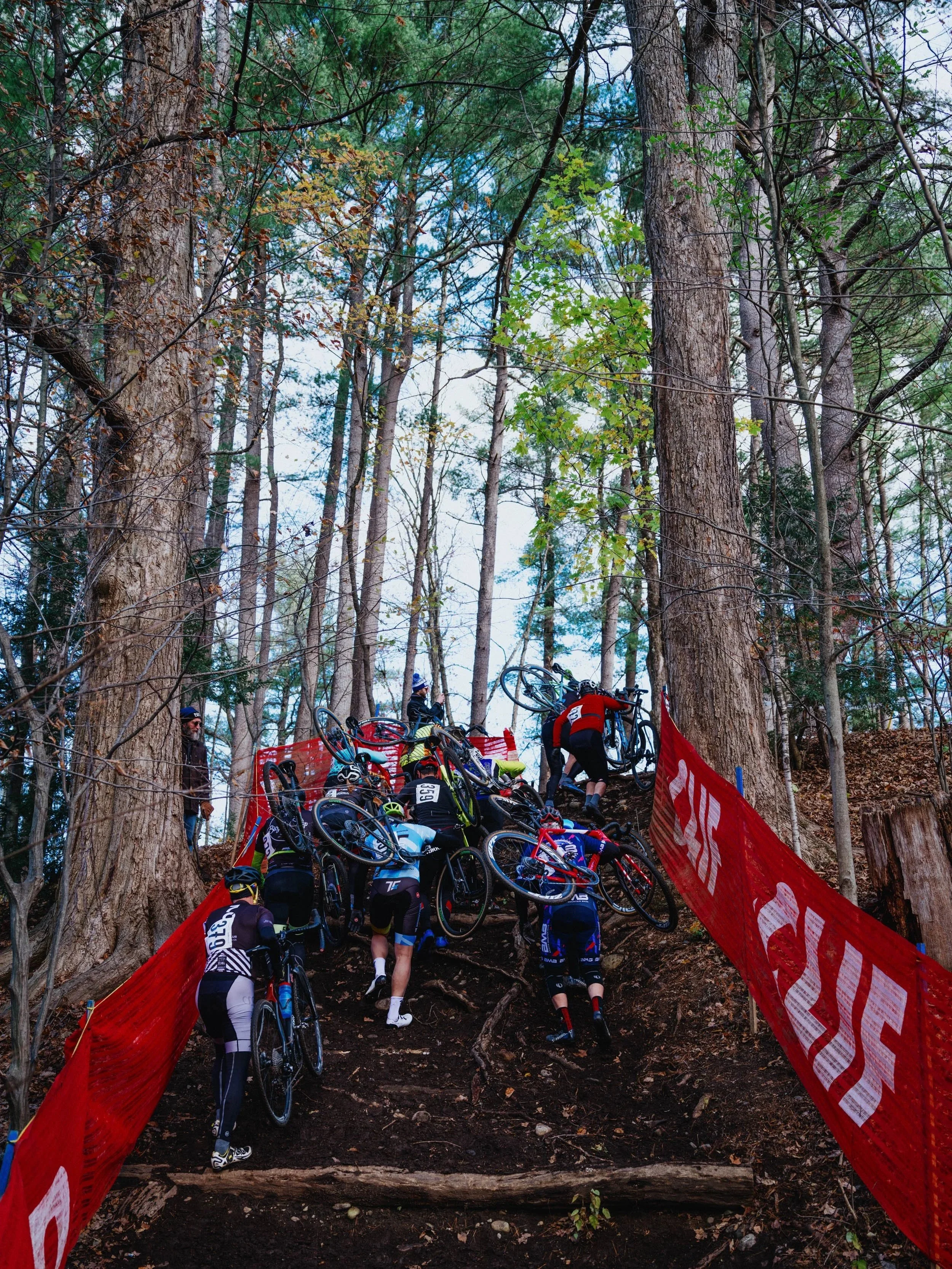

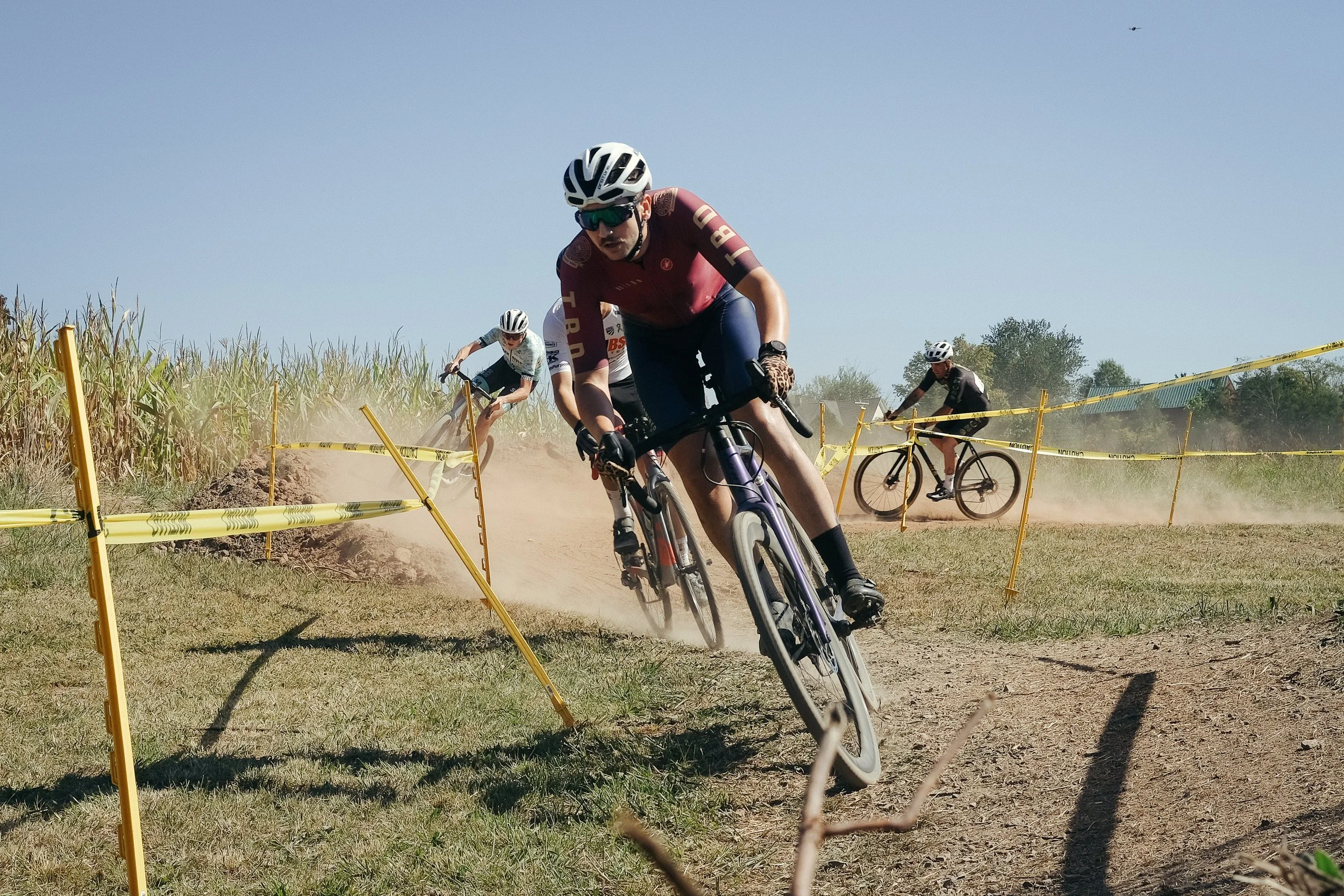
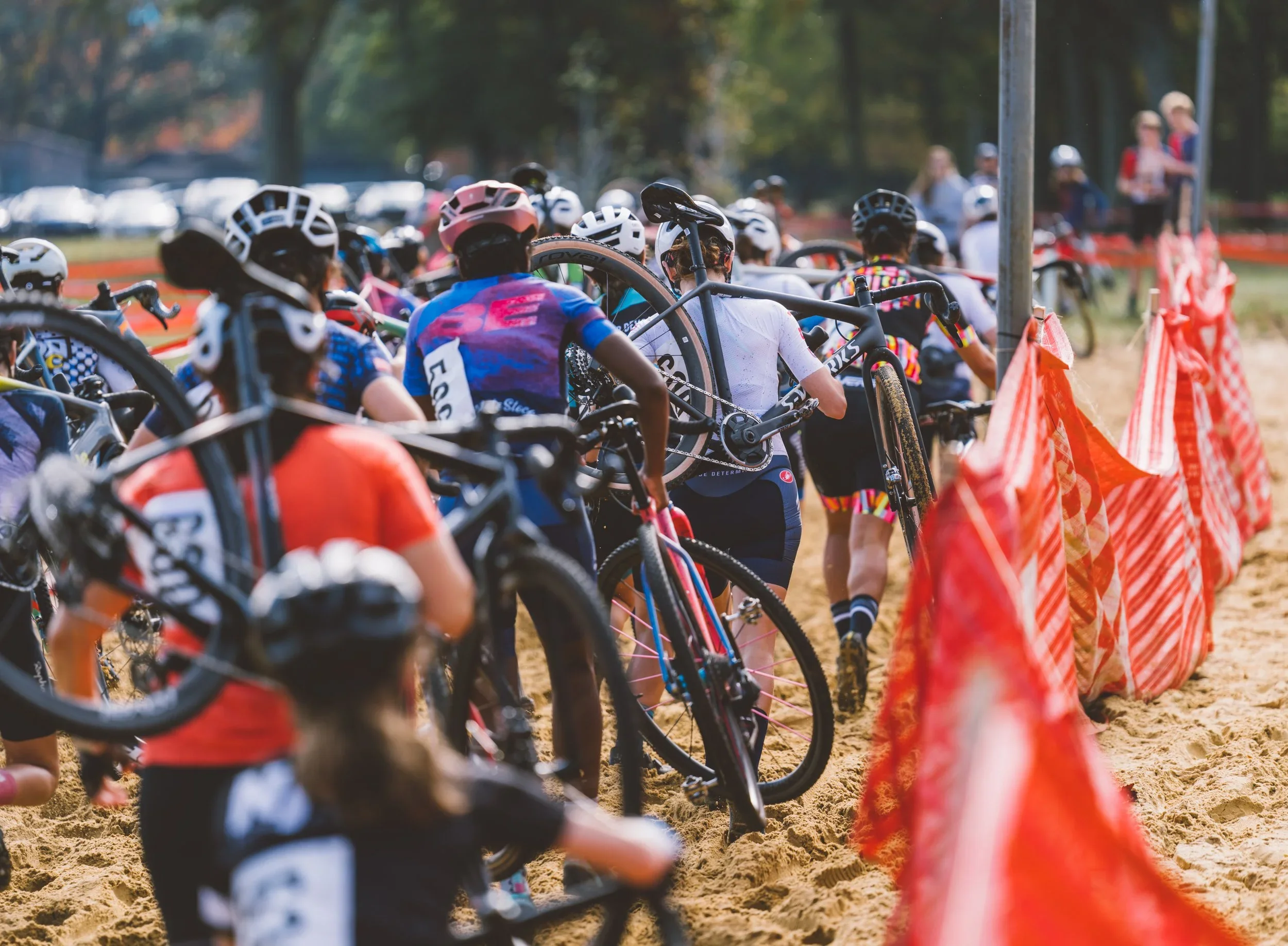

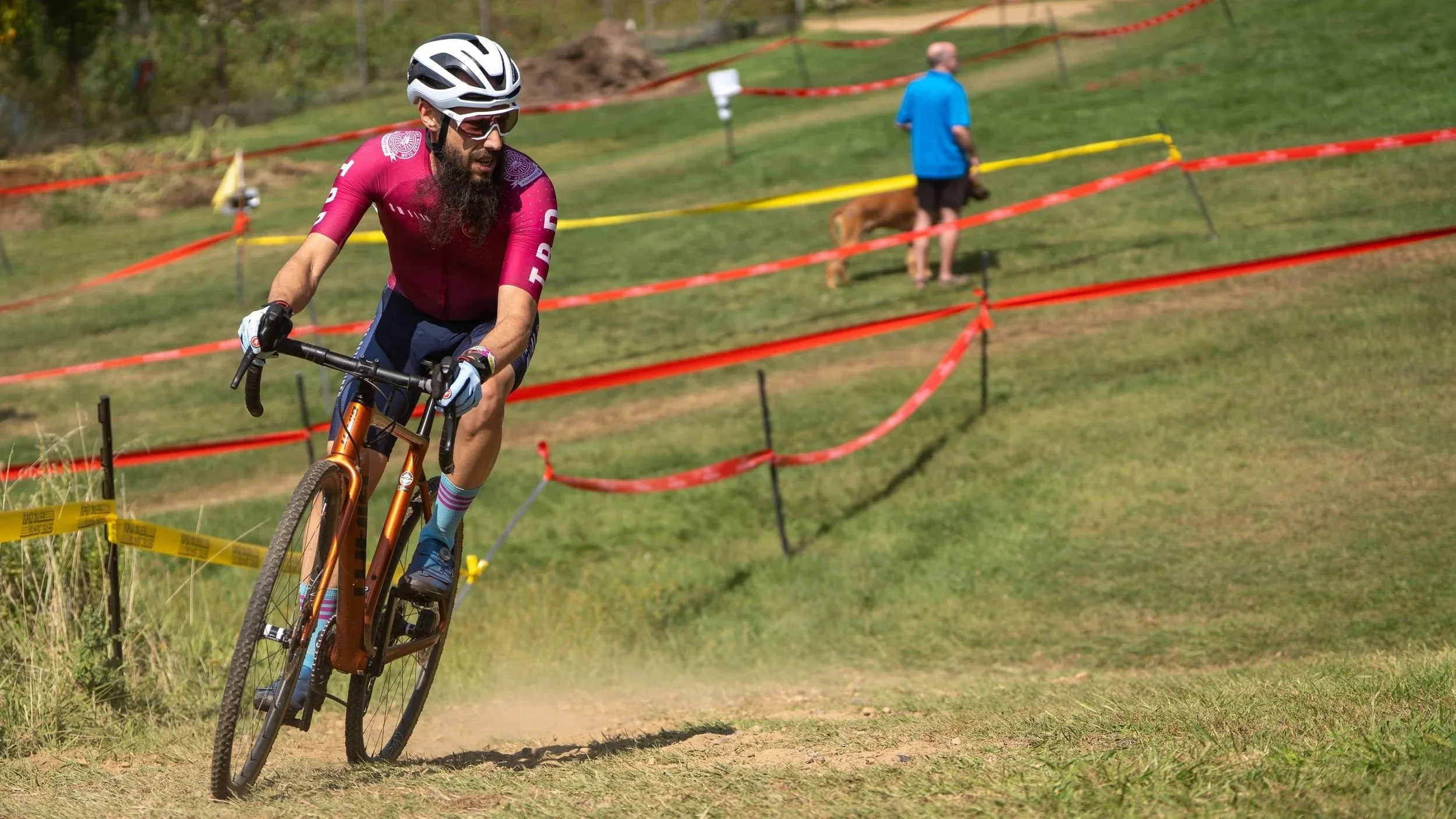
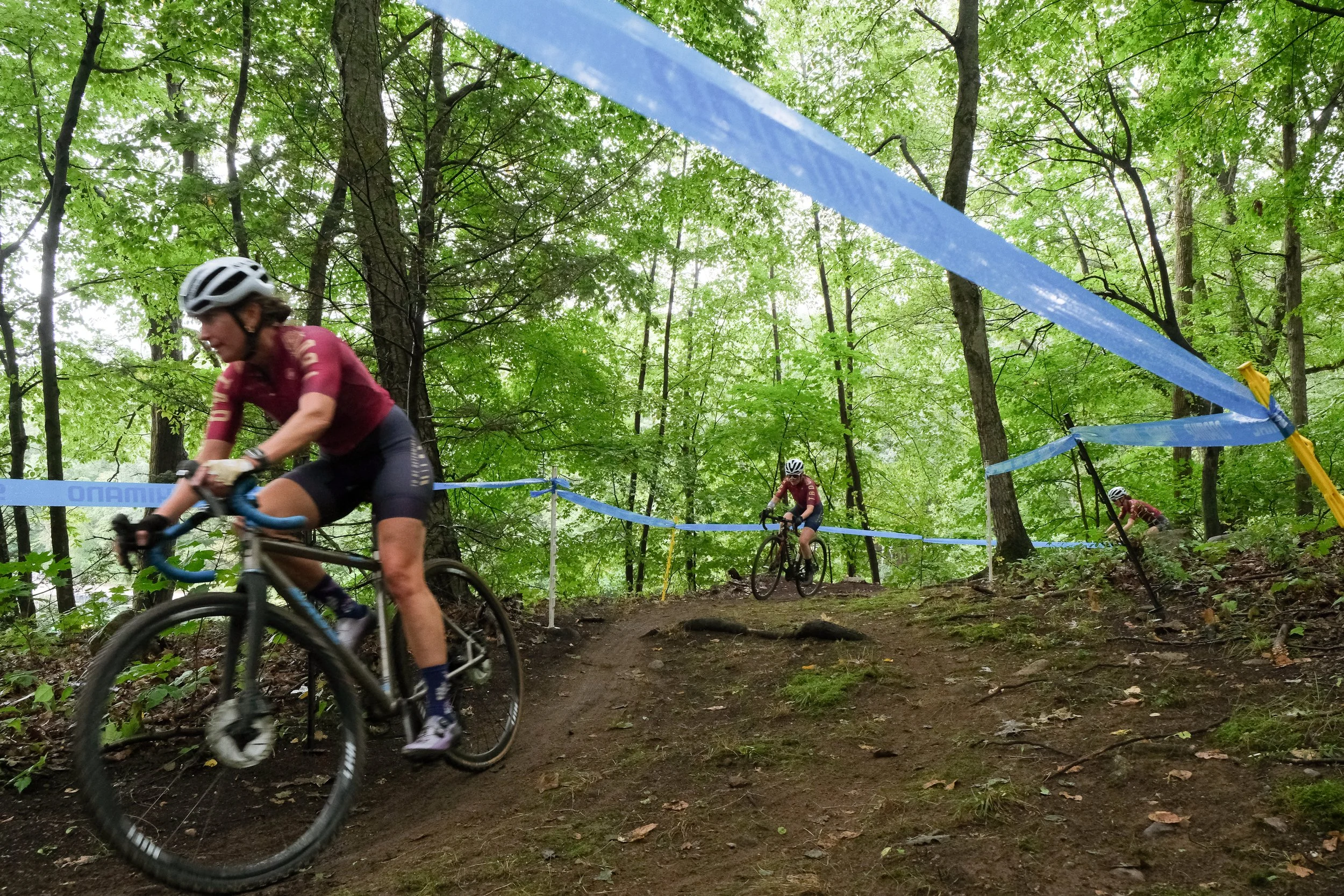
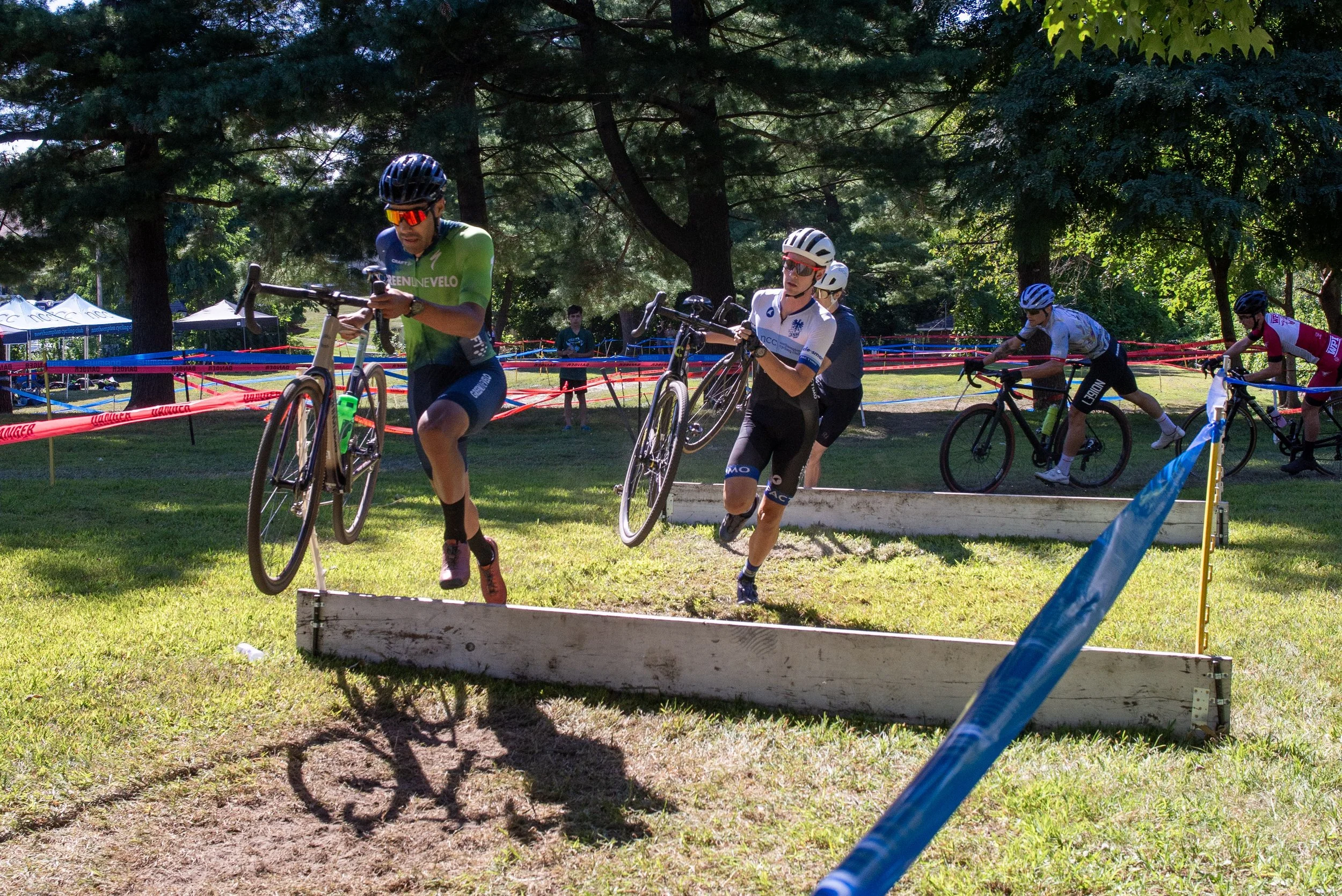
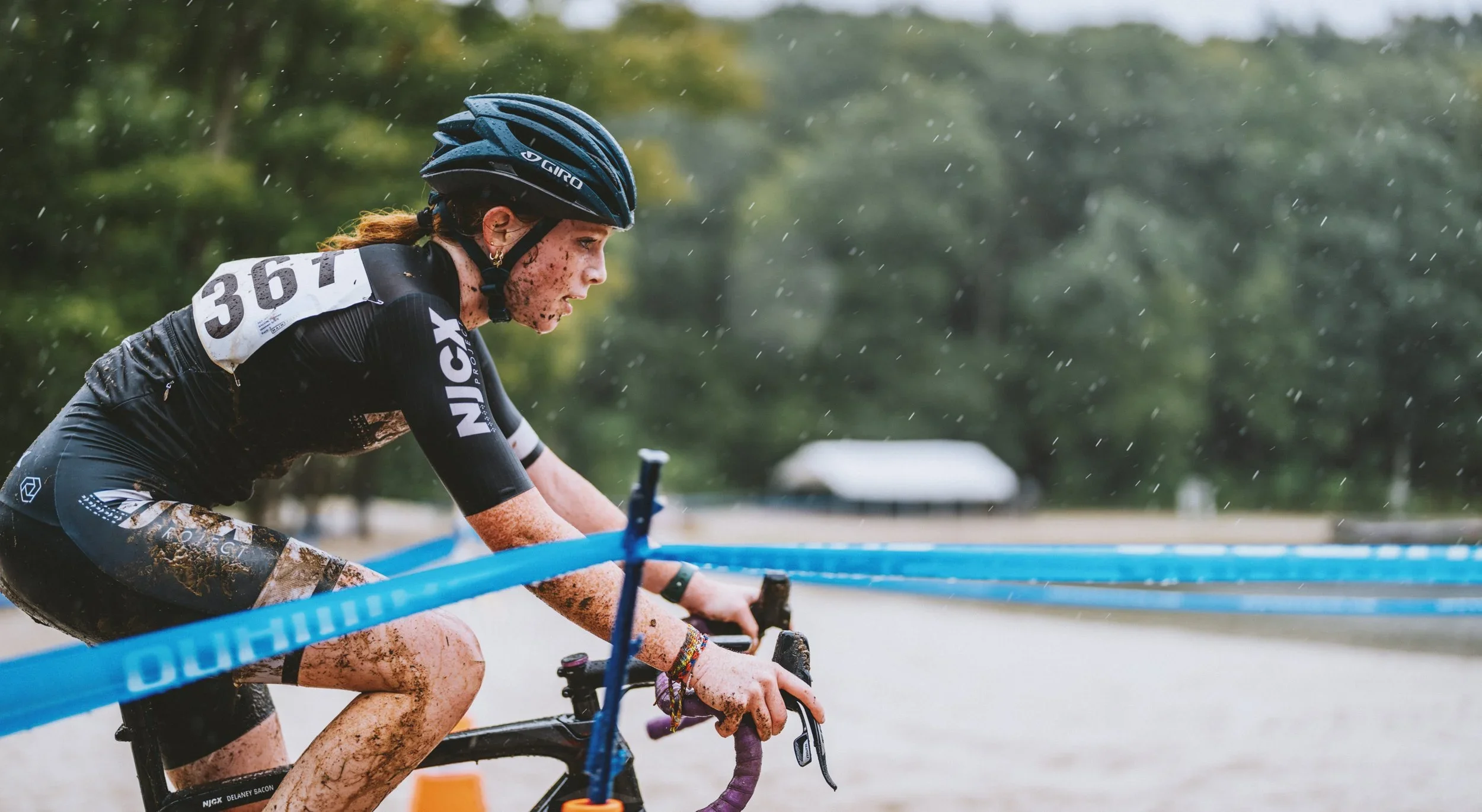
We are pleased to announce the second year of grant awards for the To Be Developed Grant Program